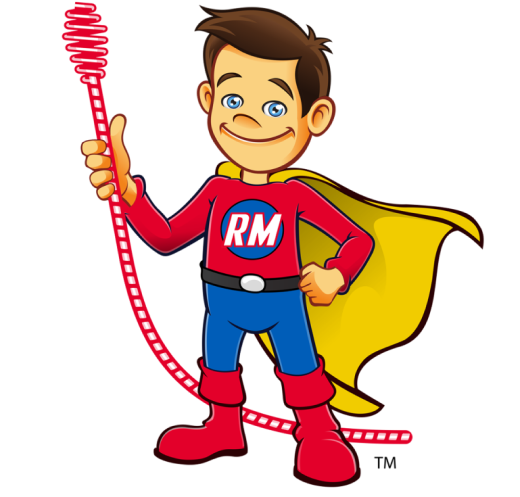When outdoor waterproofing is not a possibility, interior service might be used. Homes are frequently too close together, especially in the Greater Toronto Area, to excavate the outer foundation walls. External waterproofing may also be impossible in some circumstances due to hydrostatic pressure or the kind of soil. It also offers a few of other perks. For one thing, it may be more cost effective. Interior waterproofing is typically less expensive than outside waterproofing. Your landscaping will also be unaffected because no exterior excavation is necessary.


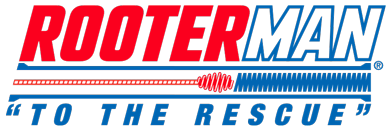

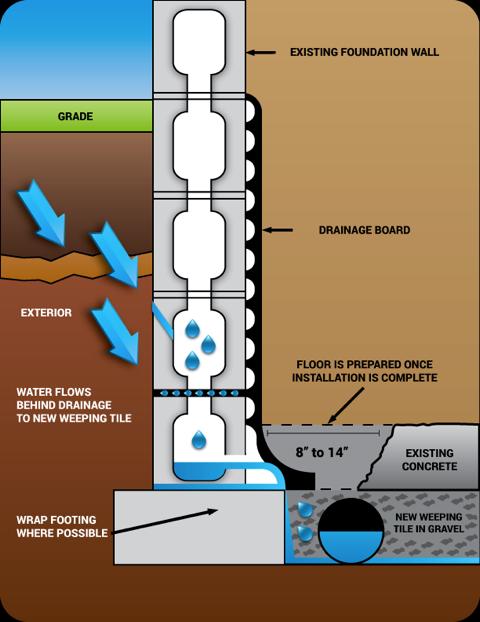
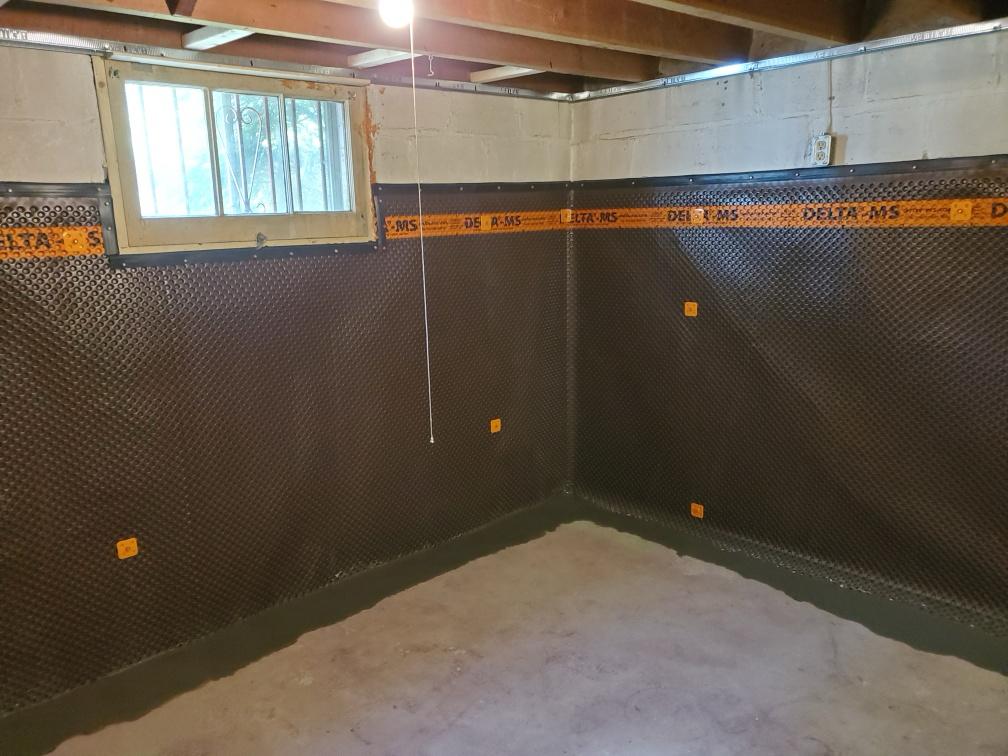

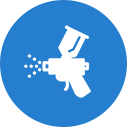








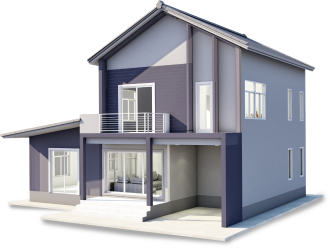
 (647)-799-6672
(647)-799-6672